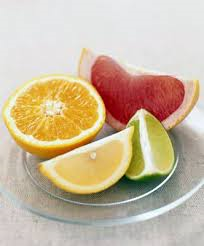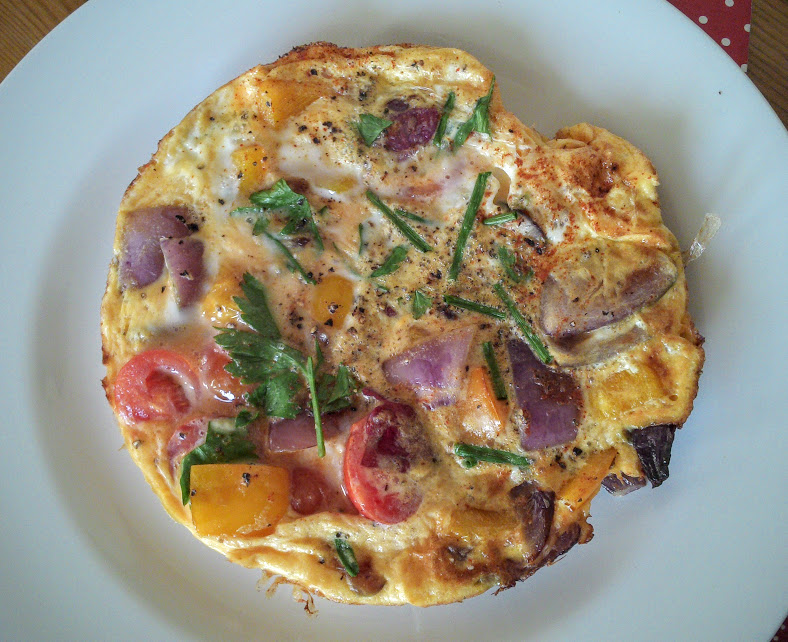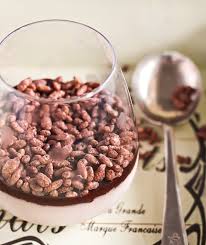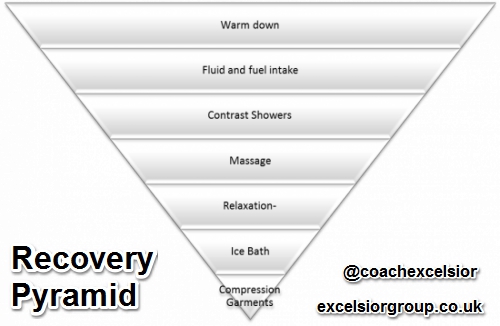Posts Tagged ‘sports nutrition’
Handy videos for parents of sports children
Trustworthy information to help parents I don’t profess to know everything, but I am lucky enough to know enough great coaches and experts that I can draw upon for advice. This means I can give the best advice to parents of our club members and individual athletes. Here are two great examples of conversations I…
Read MoreFuelling athletes in the real world: Dave Ellis
“Athletes have an inability to recover from one beat down to the next”
 Dave Ellis presented twice at GAIN on fuelling athletes and supplementation. He is quite simply the best person I have seen talking about nutrition and feeding athletes in the real world.
Dave Ellis presented twice at GAIN on fuelling athletes and supplementation. He is quite simply the best person I have seen talking about nutrition and feeding athletes in the real world.
“What are the best vegetables to eat?”
Powerhouse your diet with the best fruit and veg
 A new study1 has identified 41 “Powerhouse” Fruit and Vegetables which can significantly improve health. These nutrient dense foods have been found to be the most effective in reducing chronic disease.
A new study1 has identified 41 “Powerhouse” Fruit and Vegetables which can significantly improve health. These nutrient dense foods have been found to be the most effective in reducing chronic disease.
Here is a review of the main findings of the research, as well as some practical guidance for getting the most out of your nutrition:
Read MoreWhat should I eat for breakfast?
“Fill me up with sugar and watch me crash”

Parents and coaches often ask me “What should my child eat for breakfast?”
Eating the right thing will aid concentration and help overall health and performance.
Eating the wrong thing will lead to rapid increases in blood sugar, followed shortly by an insulin rush and onset of lethargy.
Read MoreIs Popeye eating the wrong vegetable?
There is a current debate going on amongst academics (with apparently too much time on their hands!) about a misplaced decimal point in the original research that cited spinach as a great source of iron.
Read MoreRecovery Strategies for commited sports people
The Recovery Pyramid
I use a pyramid method of recovery- there is little point going onto the next level until you have done the first. The further down you go, the less proven are the strategies.
Read MoreTrick or Treat? 10 reasons why you are turning your child into an addict.
“Irresponsible parenting leads to obesity epidemic after Halloween”
 Jumping on the American Bandwaggon and sending your kids out to Trick or Treat tonight? (Whatever happened to apple bobbing?). You might think that the occasional sweet won’t do any harm, but it is the hidden sugar that is turning your child into an addict.
Jumping on the American Bandwaggon and sending your kids out to Trick or Treat tonight? (Whatever happened to apple bobbing?). You might think that the occasional sweet won’t do any harm, but it is the hidden sugar that is turning your child into an addict.
Are you fat or obese?
 Recent comments from Health Minister Anne Milton about Doctors telling people they are fat have generated much comment. I don’t have a problem with honest feedback- there is too little of it- as long as you then give some solutions to help the person concerned.
Recent comments from Health Minister Anne Milton about Doctors telling people they are fat have generated much comment. I don’t have a problem with honest feedback- there is too little of it- as long as you then give some solutions to help the person concerned.
How to make your own sports drink
Lucozade and Red Bull are expensive
how to make your own sports drinkbut not necessarily better than water (see here for comparison). You can easily make your own sports drink which will help you save money and tailor it for your own needs.
Guide to eating before competing
“When should I eat before a competition?”
is one of the questions we are asked most often, followed by “What should I eat before matches?” Pre- competition nutrition is a vital part of any athlete’s preparation. Maximising available energy and properly hydrating are necessary to ensure that you perform at your best.
Read More




